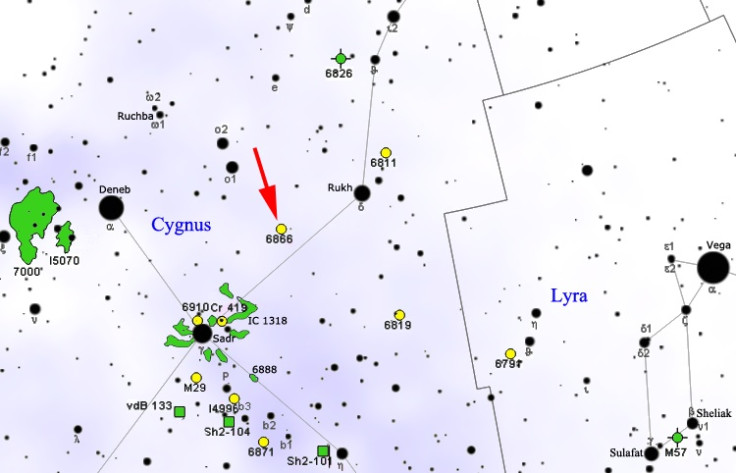Extra-terrestrial life: Are artificial megastructures circling the distant star 8462852?

Alien hunters are getting excited about strange activity taking place around a star between the constellations Cygnus and Lyra, some 1,485 light years from earth. Some scientists are speculating a cluster of objects orbiting KIC 8462852 COULD be giant "megastructures" constructed by a technologically advanced alien civilisation in order to harvest the sun's energy.
The odd activity was first spotted by the Kepler Space Telescope in 2009. A group of volunteers who signed up to online astronomy crowdsourcing interface "Planet Hunters", noticed that light from the star was regularly dipping - usually a sign that planets are orbiting a star. However, there were some puzzling anomalies which scientists have been unable to explain.
.@oweasel1337 pinnacle of intelligent life is when we can harness the power of a star #dysonsphere ? pic.twitter.com/v89znwfyxp
— Kazonomics (@kazonomics) October 14, 2015Data about the activity was sent to the group's scientific advisers, including Yale postdoctoral astronomy student Tabetha Boyajian. "It did definitely spark some lively discussions on the talk boards," said Boyajian. "We scrolled through the discussion boards and superusers, and they let us know that there's something we should be watching out for. What was unusual about that was the depth of the light dips, up to 20% decrease in light, and the timescales (of light variation) - a week to a couple of months."
If the star had been young, the anomaly could have been explained by a comet breaking up nearby. However, the star is not young and it is believed the material orbiting it must have arrived relatively recently or it would have been swallowed up by the sun's gravity.
We may have discovered ‘Alien’ technology around distant star http://t.co/SeaALCRHph #DysonSphere #Space #Science pic.twitter.com/0jG3PUwaw1
— I.T.B (@ITB_News) October 14, 2015Now Penn State University astronomer Jason Wright is to publish a paper suggesting a "swarm of megastructures" could be responsible, surrounding the star to harvest its energy as part of what is called a "Dyson Sphere." Such a structure could only be built by an alien race with technological capacities far in advance of our own.
Wright, along with SETI (Search for Extra-Terrestrial Intelligence) director Andrew Siemion and Boyajian want to study the region closely using a radio dish to try and detect radio waves - thought to be a sure sign of intelligent life. The first results of the search are expected in January 2016. If the results are interesting, the team will investigate further.
"When [Boyajian] showed me the data, I was fascinated by how crazy it looked," Wright told The Atlantic. "Aliens should always be the very last hypothesis you consider, but this looked like something you would expect an alien civilization to build."
© Copyright IBTimes 2025. All rights reserved.






















